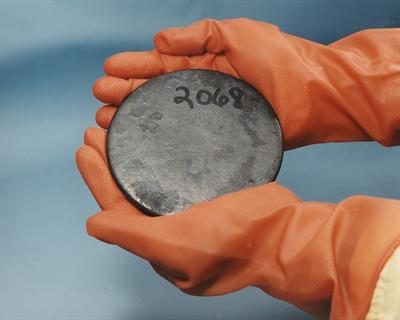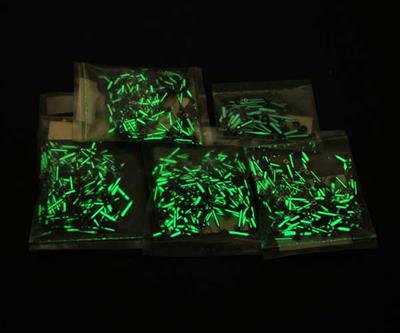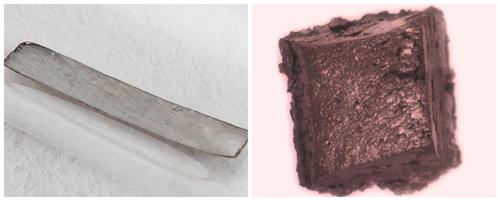PDF chapter test TRY NOW
Some elements naturally have an unstable nucleus.
Nuclear decay is a process that converts these unstable nuclei into more stable nuclei.
The unstable nuclei emit specific hazardous radiations and elementary particles during the nuclear reaction.
Radioactivity is the phenomenon of nuclear decay of certain elements with the emission of radiations like alpha, beta, and gamma rays. It is the phenomenon of self-disintegration and spontaneous emission of radiation by some unstable nuclei with atomic numbers greater than \(82\).
Radioactive elements are the elements that undergo the radioactive phenomenon. Certain elements like uranium and radium undergo radioactivity on their own and produce radiations without any human intervention.
Types of radioactivity:
The two types of radioactivity are
- Natural radioactivity
- Artificial radioactivity
Natural radioactivity:
Natural radioactivity was first discovered by Henri Becquerel, and Marie Curie and Pierre Curie made further investigations.
Natural radioactivity, also known as spontaneous radioactivity, is the phenomenon of spontaneous emission of radiation from certain elements on their own.
Substances that undergo such spontaneous emission of radiations are known as radioactive substances.
Substances that undergo such spontaneous emission of radiations are known as radioactive substances.
Radioactivity occurs spontaneously in elements with atomic numbers greater than \(82\).
Example:

Uranium

Radium
Technetium (\(Tc\)) and Promethium (\(Pm\)) are the only two elements, which have been detected as radioactive substances with atomic numbers less than \(82\). The atomic number of Technetium (\(Tc\)) is \(43\), and Promethium (\(Pm\)) is \(61\).

Technetium and Promethium
Till date, only \(29\) radioactive substances have been discovered, out of which most of them are rare earth and transition metals.
Reference:
https://upload.wikimedia.org/wikipedia/commons/a/ab/Technetium-sample-cropped.jpg
https://upload.wikimedia.org/wikipedia/commons/5/5b/Promethium.jpg
